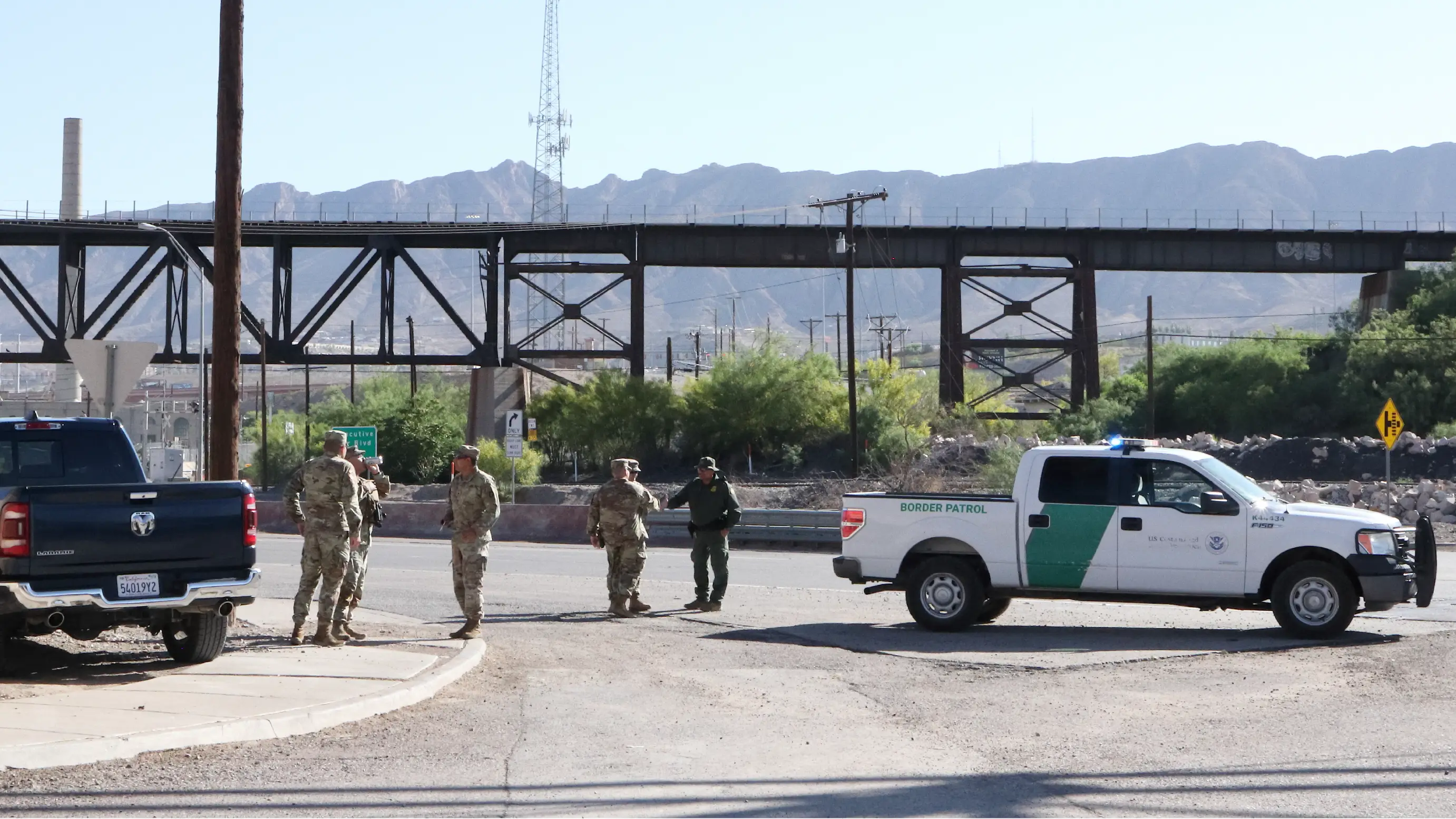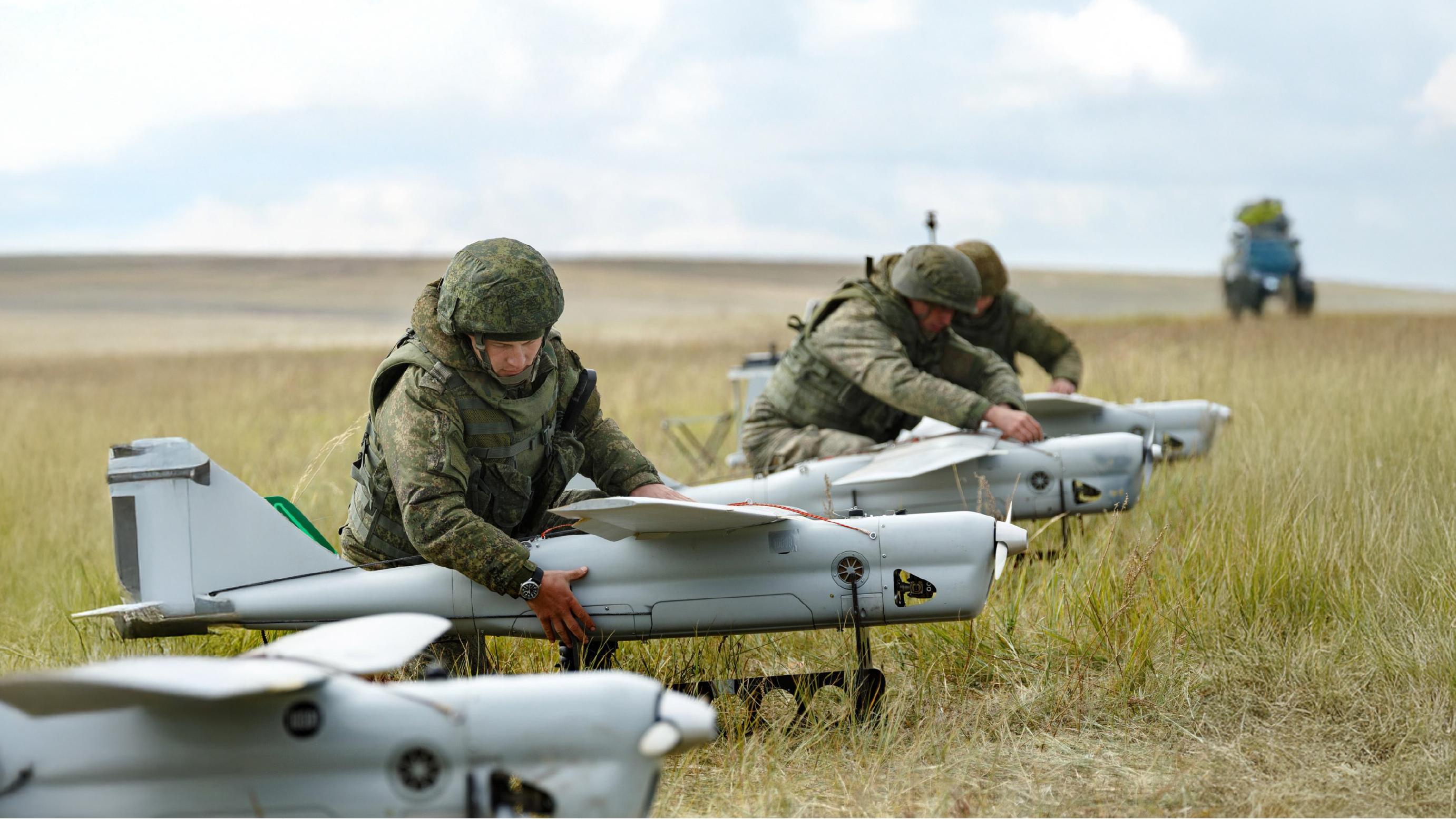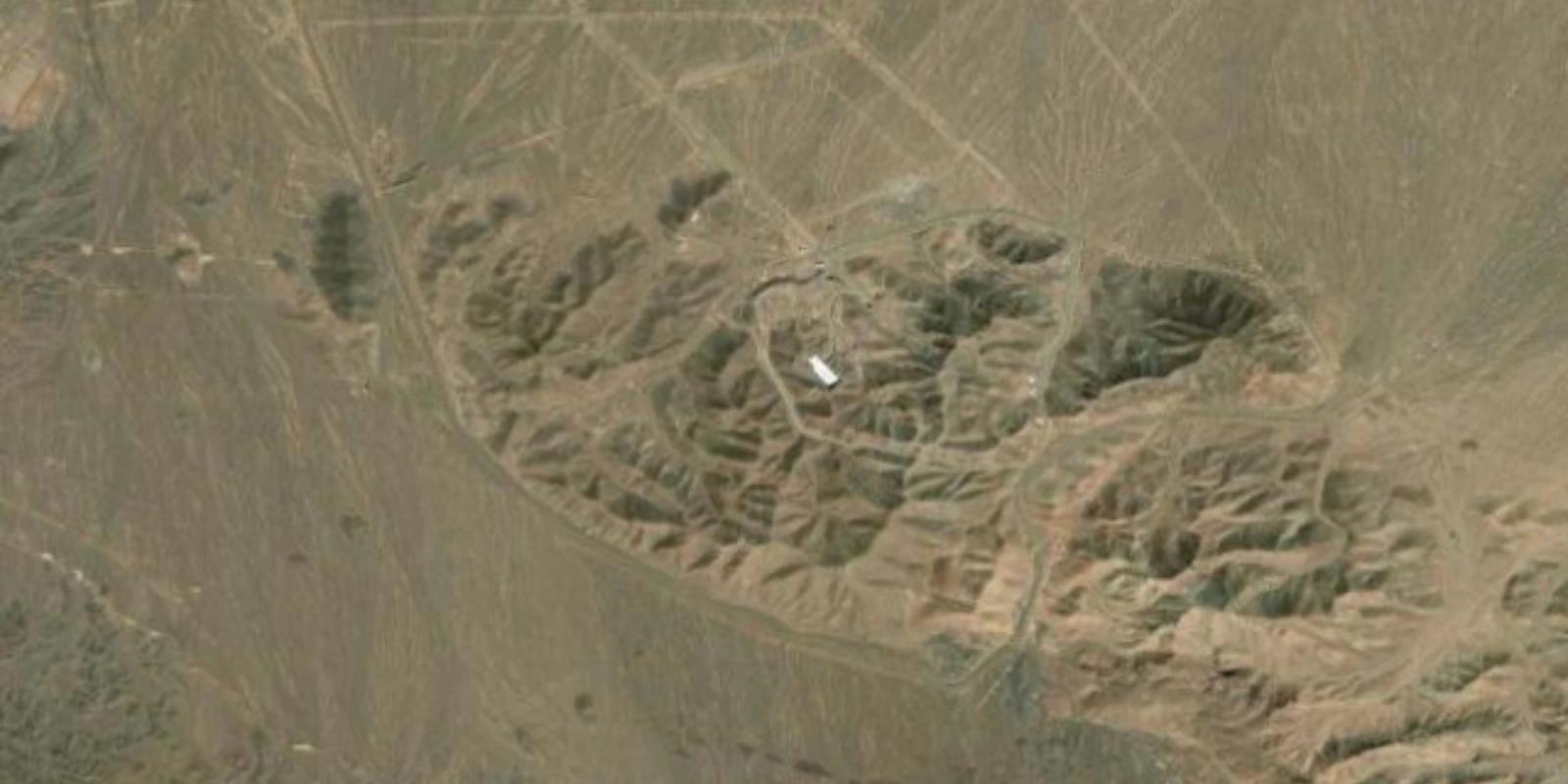TROOPS, BUFFER ZONES, AND THE BATTLE AT HOME: INSIDE THE PENTAGON’S BORDER MOVE

The U.S. military is once again on the move—but this time, it's not in a war zone overseas. It’s at home, along the southern border. Thousands of active-duty service members have been deployed to assist federal agencies in managing the surge in migrant crossings, and in a rare step, the Pentagon has implemented "military buffer zones" to separate those troops from direct contact with civilians. In this announcement, the Pentagon explained that the new military buffer zone in Texas is aimed at bolstering border security. This comes as illegal crossings continue to decrease.
What’s Happening at the Border?
As border crossings spike in places like Arizona and Texas, the Department of Homeland Security (DHS) has leaned on the Department of Defense for support. But instead of placing troops directly into law enforcement operations, they’re confined to support-only zones, several miles behind the actual border.
The buffer zone, also known as a National Defense Area (NDA), spans 250 miles along the Rio Grande River through Cameron and Hidalgo counties. Temporary barriers and signage are securing the area.
These buffer zones are a tactical and legal barrier—physically separating active-duty forces from migrant groups, civilians, and potential confrontations. It's a clear message: the U.S. military is here to assist, not enforce. Troops are not authorized to detain or confront migrants.
Roles include:
- Surveillance and intelligence gathering
- Aerial support with drones and aircraft
- Logistics and transportation for Customs and Border Protection (CBP)
- Infrastructure improvements (barriers, roads, etc.)
Why Buffer Zones?
The use of buffer zones suggests this deployment isn’t business as usual. It’s a response to growing concerns within the Pentagon about the blurring of military and civilian roles.
While CBP remains the lead agency, the military’s presence—even in a limited capacity—raises constitutional, operational, and ethical questions:
- How do we define the boundaries of military involvement in domestic affairs?
- What happens if these zones are breached—by civilians or orders?
- Is this a temporary measure, or the foundation of something more permanent?
Members of the Joint Task Force-Southern Border, under the direction of NORTHCOM will be in charge of operating the zone. They will also be responsible for monitoring and carrying out patrols.
The zone is on land transferred from the International Boundary and Water Commission. It will fall under the administration of Joint Base San Antonio, according to the Air Force. The Air Force went on to explain that this is the latest designation of NDAs that were established to strengthen interagency coordination and bolster security operations along the southern border.
“These efforts reflect USNORTHCOM’s ongoing mission as the DoD’s operational lead for homeland defense, ensuring territorial integrity of the United States’ southern border.”
The 100-mile NDA will also be set up in Arizona, according to an ABC News report citing a U.S. official.
This buffer zone will be considered a part of the Marine Corps Air Station, Yuma. The Marine Corps has not yet formally made an announcement about the establishment of an NDA attached to the Yuma installation.
Has This Happened Before? Looking Back
This is not the first time active-duty troops have supported border operations, but this deployment feels different. Previous missions under Presidents Bush, Obama, and Trump typically involved National Guard units, and were focused on short-term assistance.
President Bush created “Operation Jumpstart,” that deployed up to 6,000 National Guard troops at any given time. They could perform duties such as monitoring surveillance, fixing border fences, or helping with vehicle maintenance. During this time, troops remained under control of their state’s respective governors.
President Obama deployed 1,200 National Guard troops during his first term under similar arrangements; however, he was more focused on aerial surveillance.
This time, under Trump, buffer zones and legal distancing protocols suggest a deeper unease about the potential overreach of federal power. At its core, this is a question about mission identity: What is the U.S. military being used for, and who decides?
What to Watch For
As the situation continues to evolve, there will be several key things to watch for, as well as many questions that will need to be answered, as the impact this decision will have is currently unknown.
Such questions include:
- Mission Creep: Will support roles expand into enforcement?
- Duration: How long will troops remain deployed, and under what rules of engagement?
- Legal Precedents: Could this shift norms for future domestic military use?
- Public Reaction: Will Americans grow more comfortable with military presence at the border—or more concerned?
The current situation is a quiet, strategic recalibration. The Pentagon has drawn lines—not just on the map, but around the role of the military in a democracy. Whether those lines hold will depend not only on leadership, but on scrutiny.
This is a developing story. Check back in for updates.
Suggested reads:
SHARE:
TAGS:
JOIN OUR NEWSLETTER
Get the latest news and military discounts



